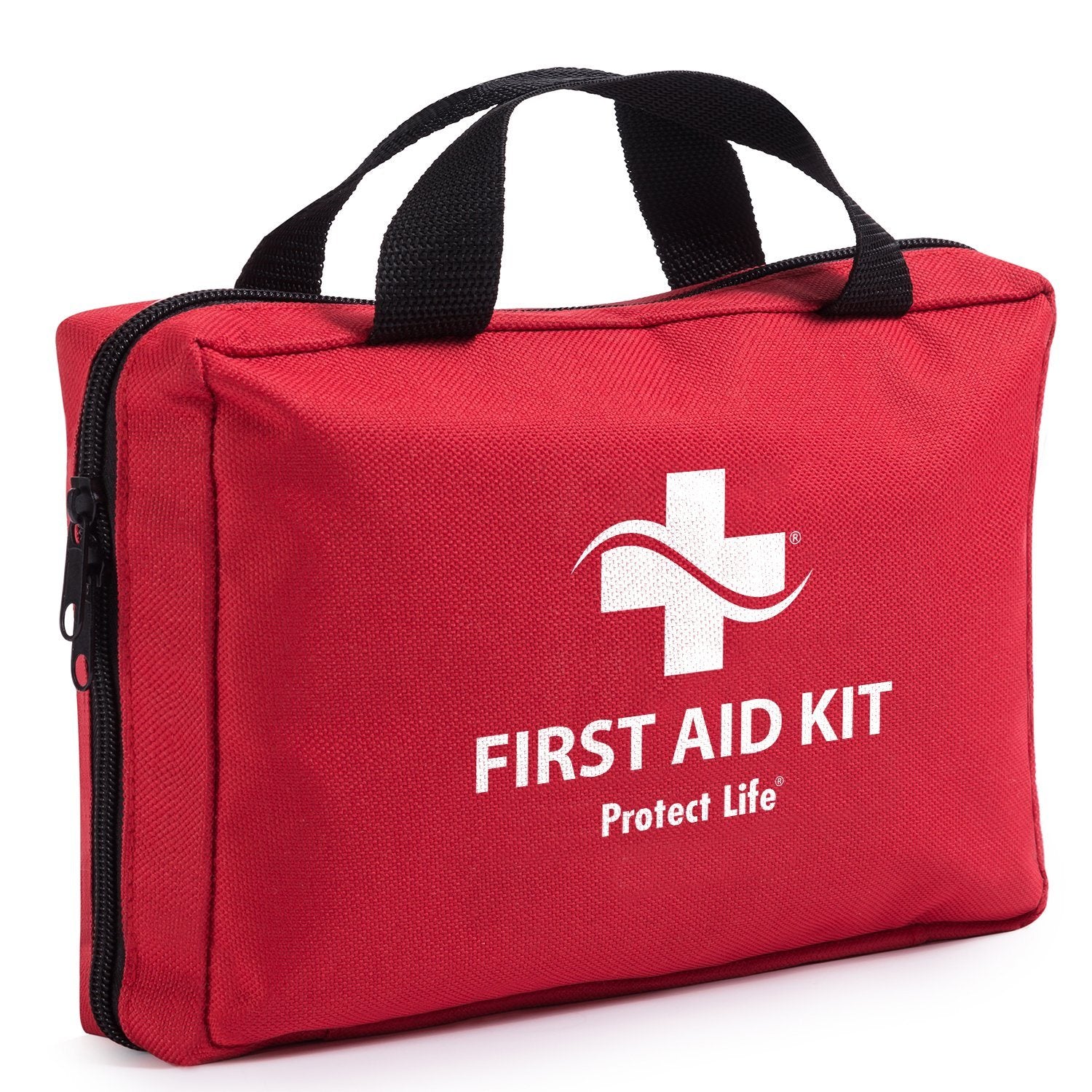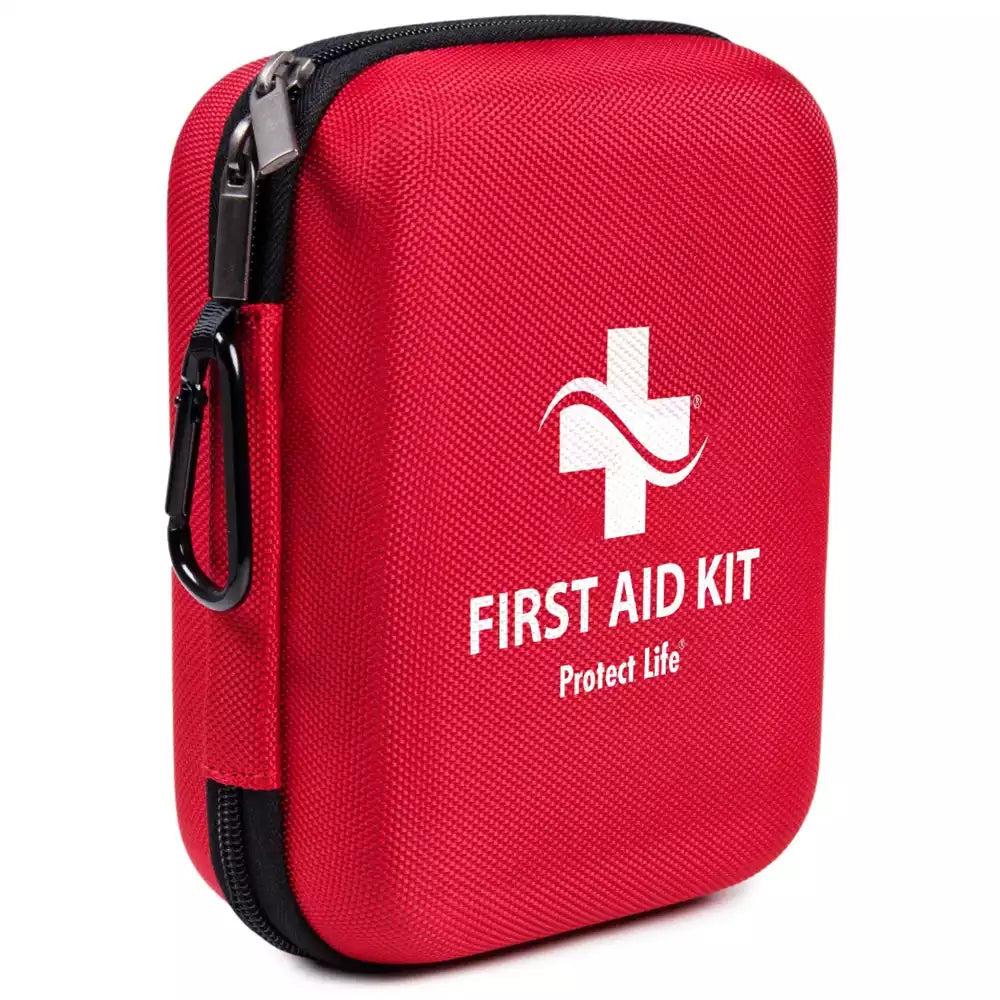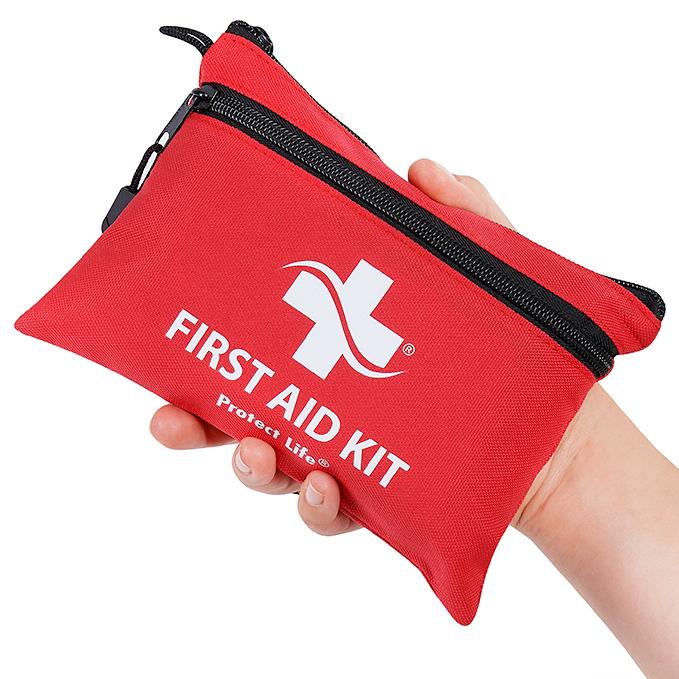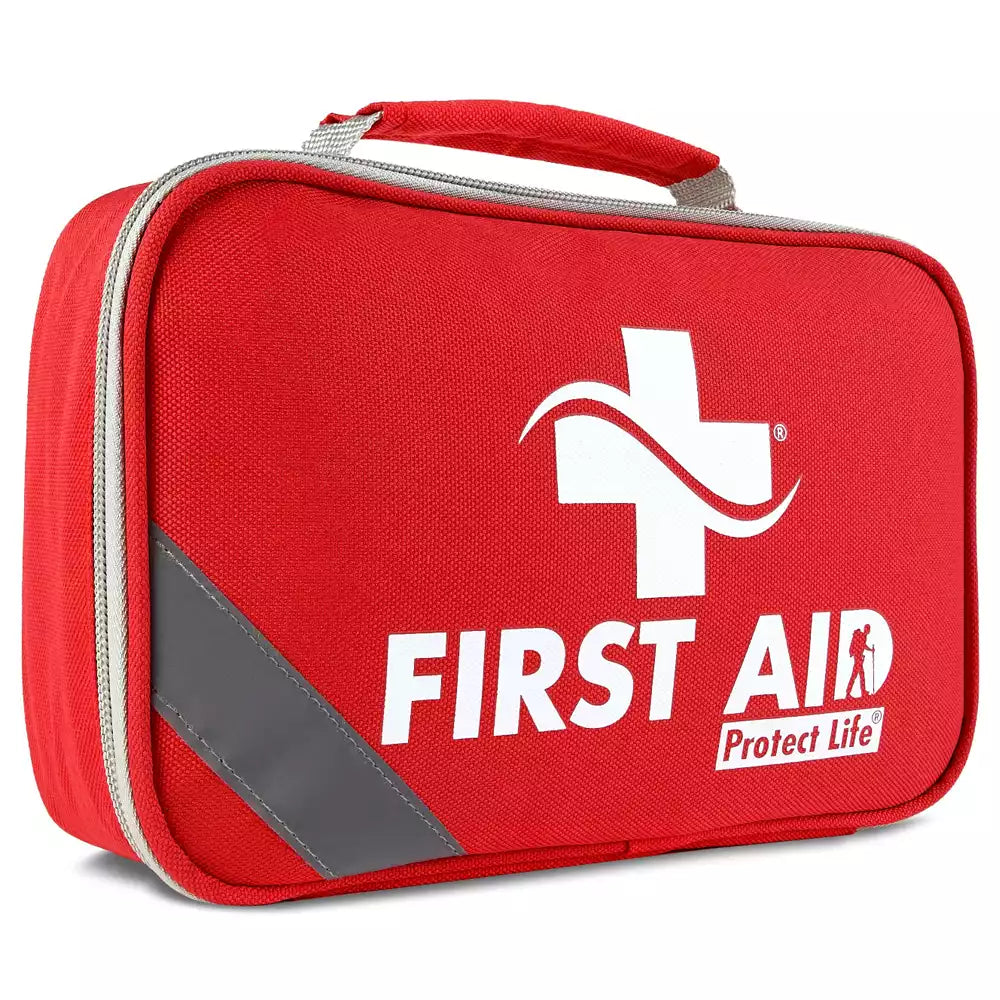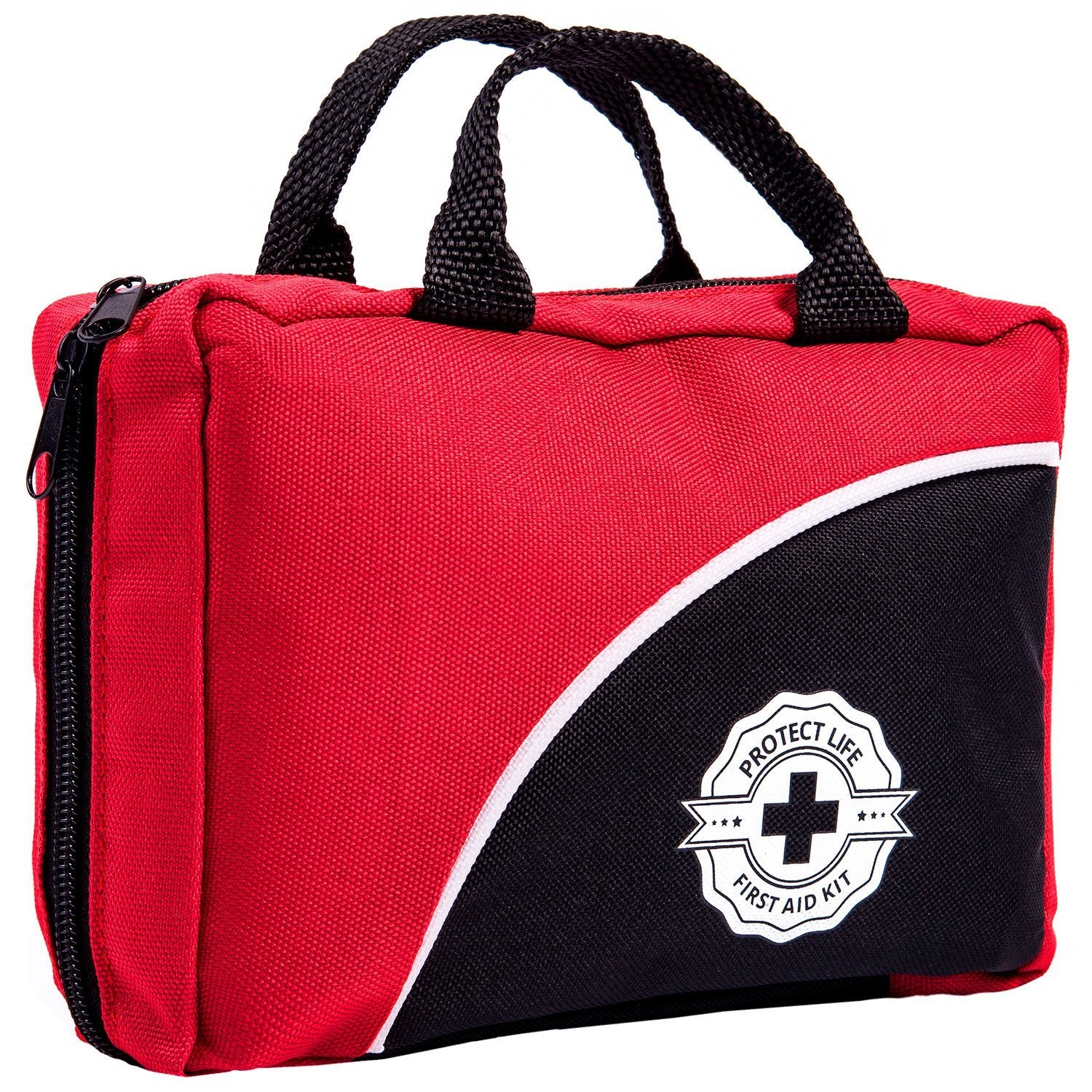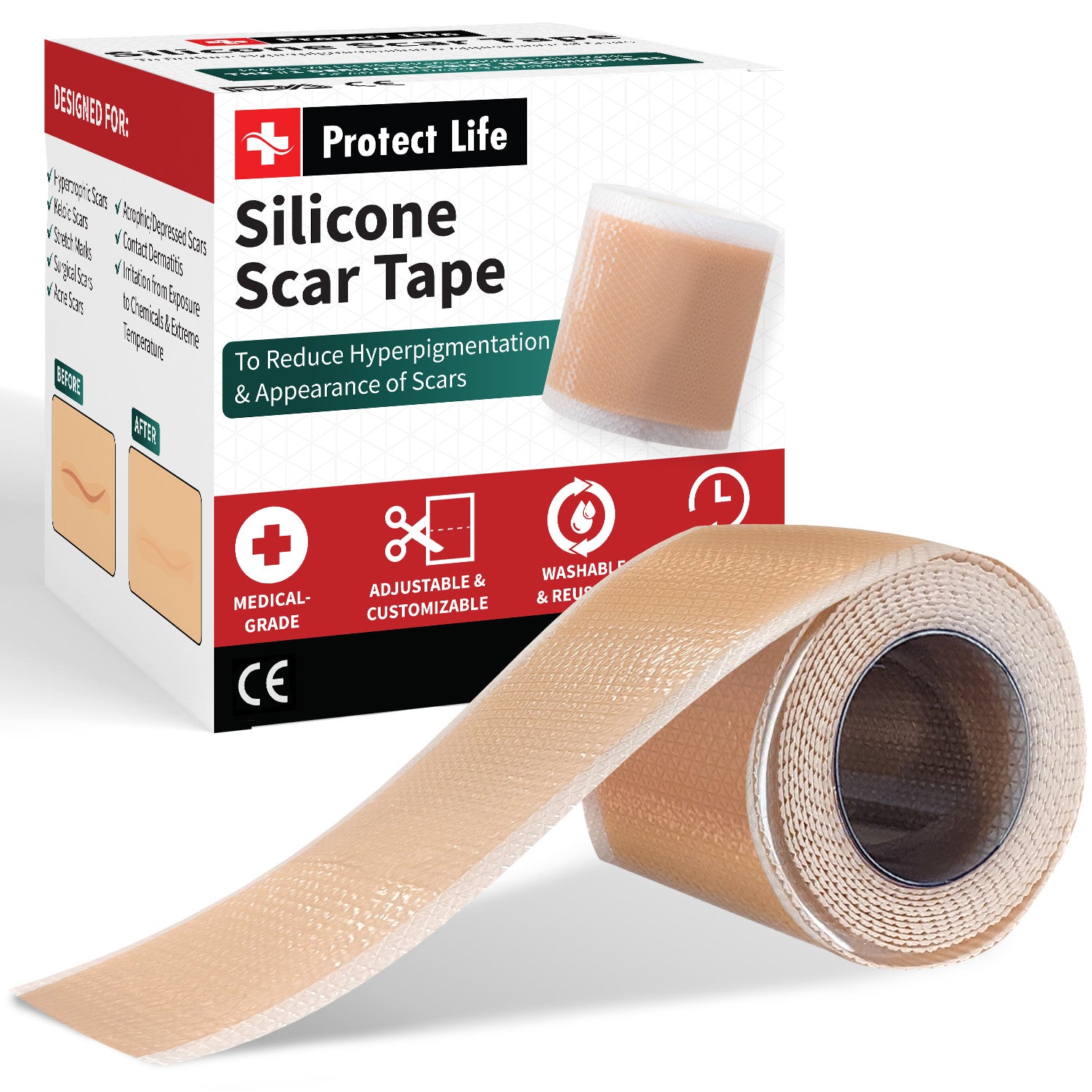When it comes to safety, it's always better to be prepared than sorry.
That's why having a first aid kit is an essential item for every home and workplace. But with so many different types of injuries that can occur, it can be challenging to know what to include in your first aid kit. Fear not, because we've got you covered with the ultimate essential first aid kit checklist.

Before we get into the specifics, let's start with the basics. Every first aid kit should have a clearly marked container or bag, a first aid manual, and emergency contact information. Now, onto the checklist.
Bandages and Dressings
One of the most important items to have in a first aid kit is bandages and dressings. These can be used to treat wounds, cuts, and scrapes. It's a good idea to have a variety of sizes and types of bandages, including adhesive bandages, gauze, and sterile dressings. Don't forget to include medical tape, scissors, and tweezers for removing debris and applying bandages.

Antiseptics and Ointments
Cleaning and disinfecting wounds is crucial for preventing infection. Include antiseptics like alcohol wipes, hydrogen peroxide, and antiseptic cream in your first aid kit. Calamine lotion, aloe vera gel, and hydrocortisone cream can also be useful for treating insect bites and skin irritation.
Pain Relievers and Medications
Pain relievers like acetaminophen and ibuprofen should also be included in your first aid kit, along with any prescription medications you or your family members may need. It's a good idea to keep a list of medications and dosages in the kit as well.

Emergency Supplies
In the event of an emergency, having a few essential supplies on hand can make all the difference. A flashlight, extra batteries, and a whistle can be used to signal for help. A blanket, poncho, or space blanket can provide warmth and shelter. Keep a pair of disposable gloves in the kit for protection when administering first aid.
Specialized Items
Depending on your family's needs and activities, you may want to include some specialized items in your first aid kit. If you have children, include items like child-friendly pain relievers and liquid medication. If you or someone in your family has allergies, include an EpiPen or other allergy medication. If you're an outdoor enthusiast, consider including items like insect repellent, sunscreen, and a snakebite kit.

Regular Maintenance
Don't forget to check your first aid kit regularly and replace any expired items. It's also a good idea to review the first aid manual and practice administering first aid in case of an emergency.
In conclusion, a well-stocked first aid kit can be a lifesaver in an emergency. By following this essential first aid kit checklist, you'll have everything you need to treat a variety of injuries and keep yourself and your family safe.
Remember to keep your kit in a visible and easily accessible location, and don't hesitate to seek professional medical attention if necessary.




